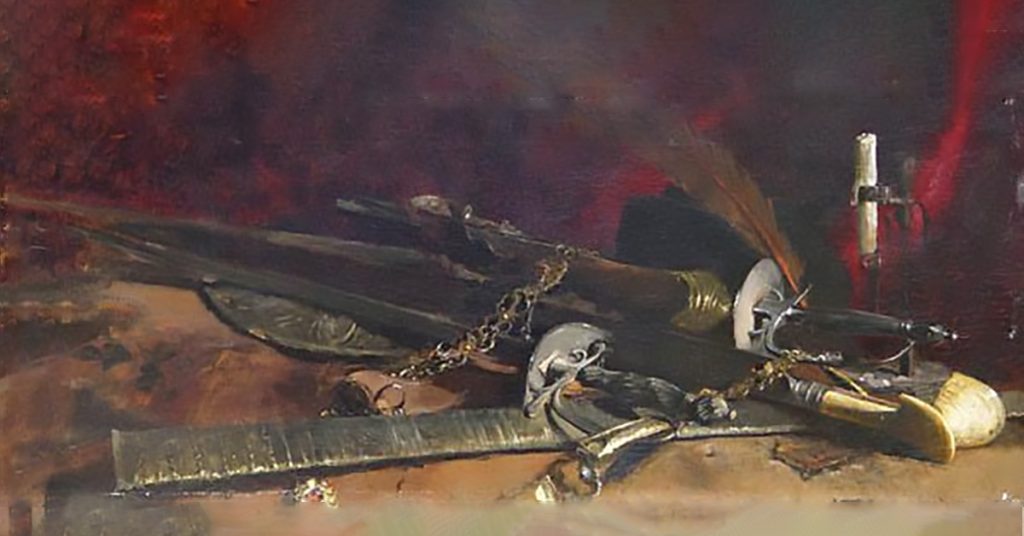Back to Melee Weapon Search
Axe, great
Axe, Blade, Latin Europe, Norse, German
This very large type of axe first began to appear in Scandinavia, Russia and the British Isles around the end of the 10th Century. This weapon is associated with the Danish – Saxon huskarl, usually Norse warriors in the service of Saxon kings as hirthmen. These were effective weapons which evolved from the battle axe and the bearded axe, but were eventually replaced by more specialized types such as the sparth axe (probably a development of this weapon – see Sparth Axe) the halberd, and the pollaxe (see Pollaxe).
 Large Mamluk battle axe, Egypt or Syria, 1505
Large Mamluk battle axe, Egypt or Syria, 1505  A ‘great’ axe of a type found throughout Europe from the 7th – 17th Centuries.
A ‘great’ axe of a type found throughout Europe from the 7th – 17th Centuries.  Gothic Great Axe, Germany, late 15th C. This has a hammer on the back end and a pointed blade, so C/B/P primary attack types.
Gothic Great Axe, Germany, late 15th C. This has a hammer on the back end and a pointed blade, so C/B/P primary attack types.
| Name | Size | Reach | Speed | Defense | Base Damage | Attack Types | Primary Attack Types | Armor Pierce | Grapple | Hardness | HP |
|---|---|---|---|---|---|---|---|---|---|---|---|
| Axe, great | L | 4 | 0 | 2 | 2-12 | C | C | 0 | 2 | 7 | 5 |
 Large Mamluk battle axe, Egypt or Syria, 1505
Large Mamluk battle axe, Egypt or Syria, 1505  A ‘great’ axe of a type found throughout Europe from the 7th – 17th Centuries.
A ‘great’ axe of a type found throughout Europe from the 7th – 17th Centuries.  Gothic Great Axe, Germany, late 15th C. This has a hammer on the back end and a pointed blade, so C/B/P primary attack types.
Gothic Great Axe, Germany, late 15th C. This has a hammer on the back end and a pointed blade, so C/B/P primary attack types.
